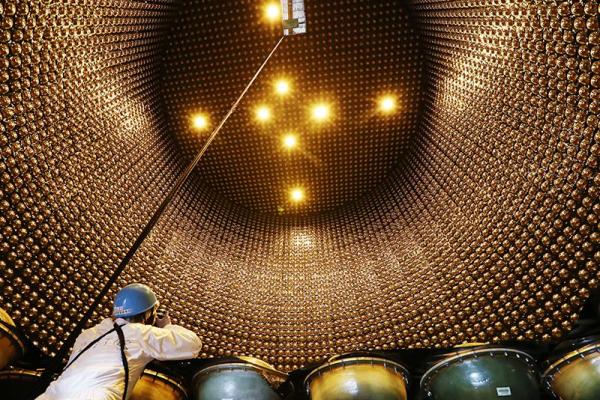Beacom helps guide efforts to detect neutrinos from supernovae

Recent upgrades to the Super-Kamiokande neutrino observatory will allow it to trace the history of exploding stars.
A research initiative co-led by John Beacom, professor of physics and astronomy and director of the Center for Cosmology and AstroParticle Physics, is finally coming to fruition in Japan at the Super-Kamioka Neutrino Detection Experiment (also known as Super-Kamiokande or Super-K). The underground neutrino observatory operates submerged in 50,000 metric tons of purified water, and later this year, the rare Earth metal gadolinium will be added to the water. Beacom and Mark Vagins, now at the Kavli Institute for Physics and Mathematics of the Universe in Kashiwa, Japan, came up with the idea of adding gadolinium to Super-K in the early 2000s. The new component, along with recent upgrades, will help the neutrino detector hunt for neutrinos emitted by remote supernovae.
